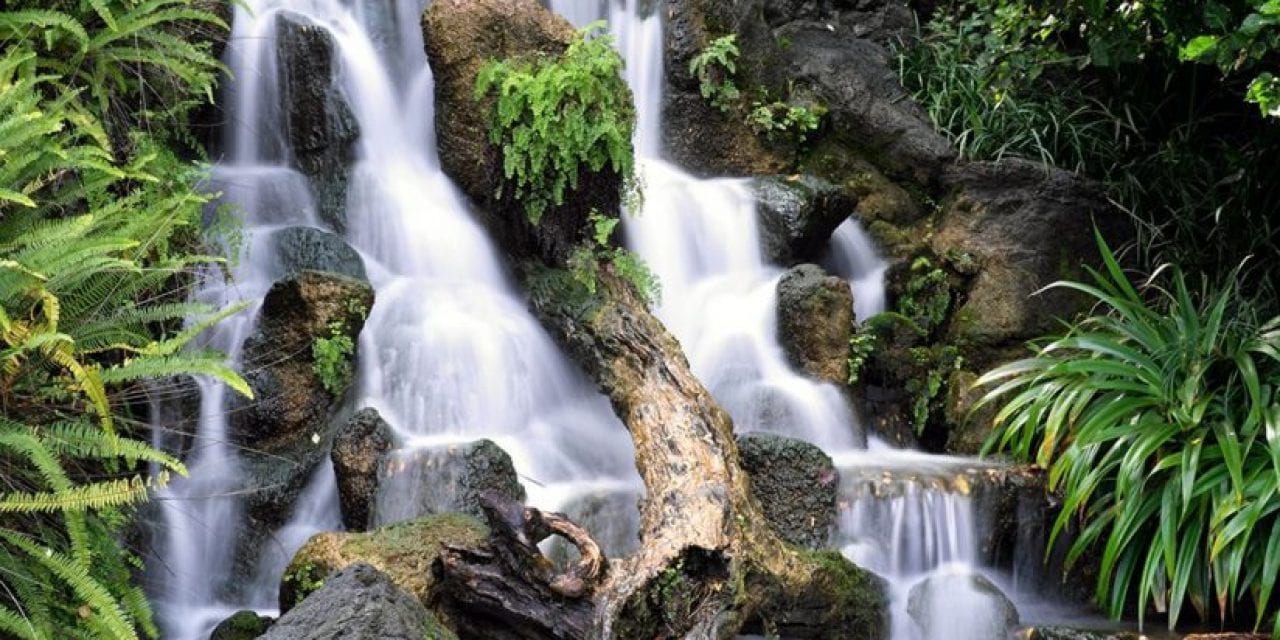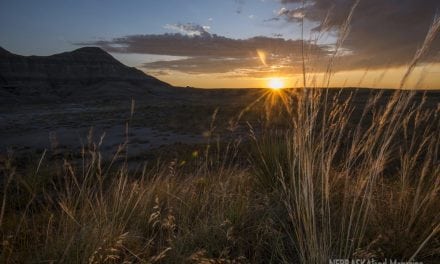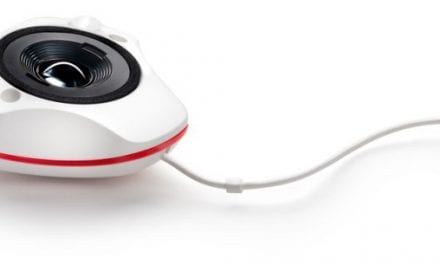My college graduation present from my parents was a Mamiya 6 rangefinder. I loved that camera. It offered the image quality of medium format film but in a hand-friendly, rangefinder-style body rather than the boxy form factor of most medium format cameras.
The Mamiya 6 had its limitations. There were only three lenses available, and rangefinders can be more difficult to use when you’re trying for a precise crop in-camera. But the extra detail captured by the medium format frame made the trade-offs worth it for me.
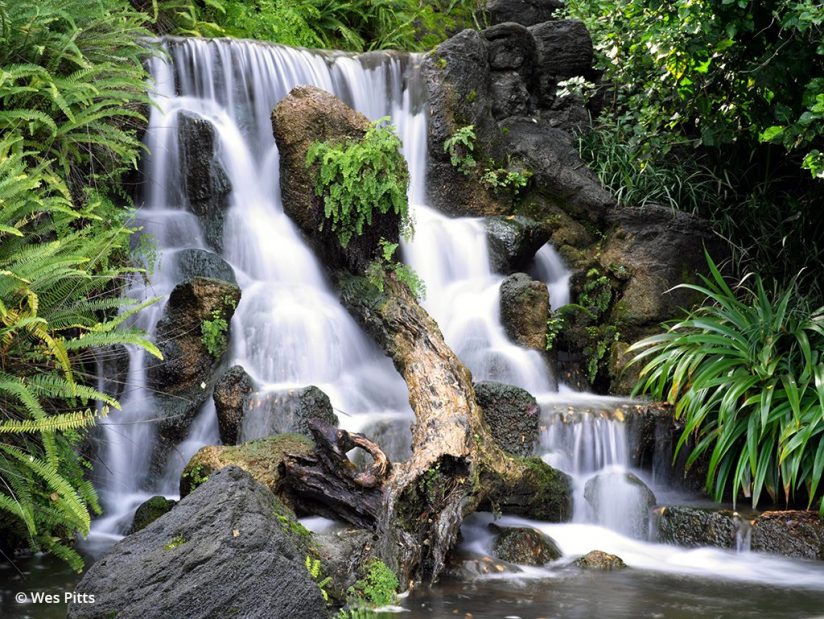
The Hasselblad X1D II does not have in-camera image stabilization, so for longer exposures like this, you’ll need to use a tripod or find a suitable base on which to set the camera—I used a conveniently placed rock for this image. Exposure: 1.2 sec., ƒ/32, ISO 100.
The Hasselblad X1D 50C, introduced in 2016, and its successor, the X1D II 50C, remind me a lot of the Mamiya 6. It’s a similar story: medium format image quality in a body that’s familiar, approachable and designed to be used on-the-go rather than stuck in a studio. It, too, has limitations, however, and depending on your style of photography, they may be deal-breakers, especially when you consider that the body alone is priced at $5,750.
Speed Is A Limitation With The Hasselblad X1D II
The most important limitations of the X1D II center on speed. This is not a camera for wildlife or sports photographers—it maxes out at 2.7 fps continuous shooting, and though Hasselblad states that the X1D II is faster at startup and has less shutter lag and blackout time than its predecessor, it’s still noticeably slow in these respects compared to most digital cameras today. If you’re picking up the X1D II after growing accustomed to the speedy responsiveness of a modern enthusiast or pro mirrorless or DSLR system, you may feel like you’ve stepped back in time.
On the other hand, for landscape photography especially, you could make an argument that slowing down is a good thing. The X1D II forces you to be a bit more intentional. Once I adjusted to the leisurely pace that the camera imposes, I learned to appreciate it in some ways.
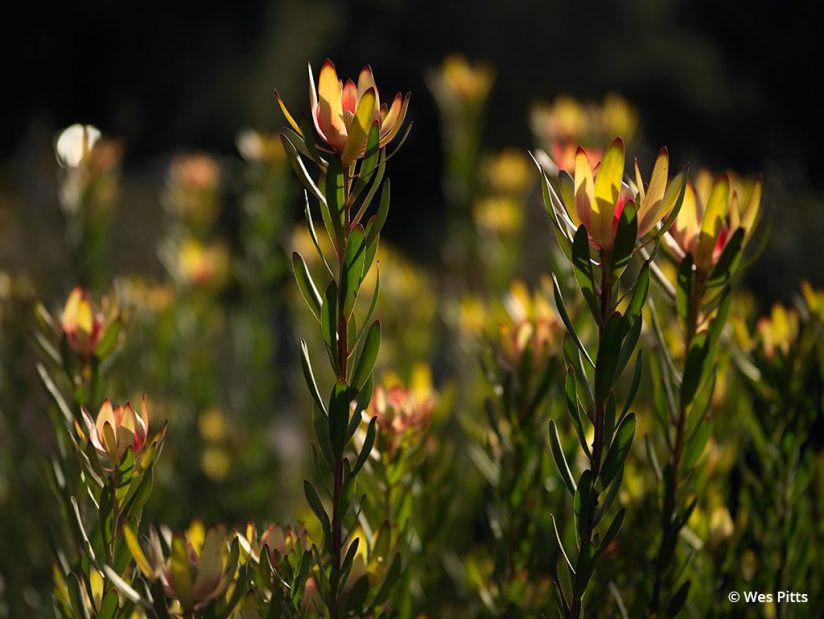
The XCD 90 (71mm equivalent) produces beautiful bokeh when shooting at large apertures. Exposure: 1/1250 sec., ƒ/3.2, ISO 100.
Hasselblad X1D II Image Quality
Landscape photography is where the X1D II shines. The camera’s 43.8 x 32.9mm medium format sensor is nearly double the size of a 35mm, full-frame sensor and produces 50-megapixel images with gorgeous detail. It’s the same sensor used in the original X1D, one that DXOMARK currently ranks the highest among all cameras it has tested, with a score of 102. Hasselblad states that the camera is capable of 14 stops of dynamic range, which places it among the very best available in a consumer camera.
One of the advantages of this level of detail and resolution is the latitude it provides for cropping post-capture. For our review, Hasselblad included two lenses: the XCD 30 (24mm equivalent) and the XCD 90 (71mm equivalent). I found myself shooting a lot with the XCD 90 and at times had wished for a longer lens like the XCD 120 Macro. I was happy to find that I was able to crop into those frames to get the subject magnification I wanted while retaining ample resolution and detail for a large print. That’s the medium format advantage in action.
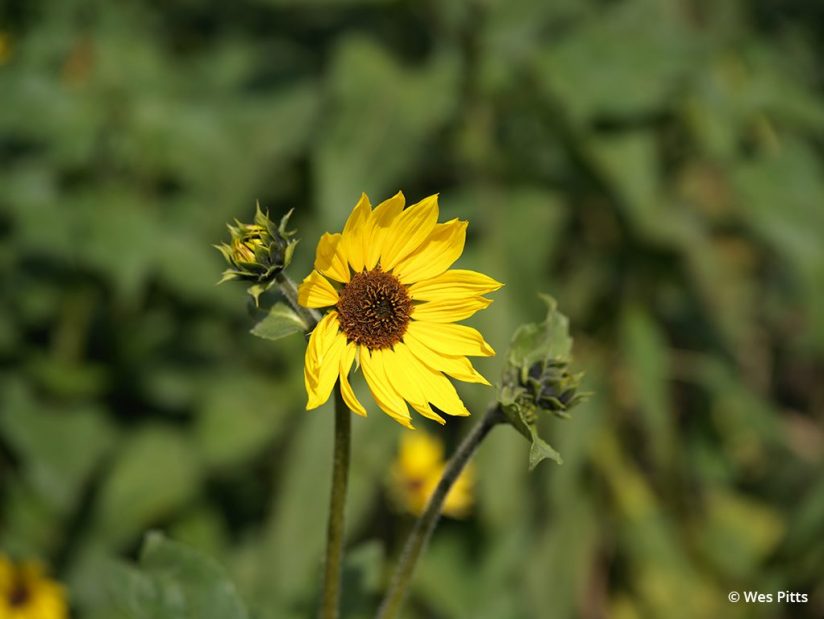
(Above) I wasn’t able to magnify the subject as much as I wanted with the Hasselblad XCD 90 lens (71mm equivalent) but the superb image quality, details and resolution of the camera’s medium format sensor allowed to to crop in significantly in post processing (below).

Here is the image after cropping in Photoshop. Even with this significant crop, I was left a 16-megapixel file. Exposure: 1/1000 sec., ƒ/5.6, ISO 100.
Lens Options For The X1D II
There are currently 10 XCD optics designed specifically for the system. There’s one zoom that’s “coming soon” as of this writing, the XCD 35-75 (28-58mm equivalent), and prime lenses from the XCD 21 (17mm equivalent) to the XCD 135 (105mm equivalent) as well as a 1.7x teleconverter for use with the XCD 135 (178mm equivalent).
The lens offerings cover the focal lengths that most landscape photographers will want, and adapters are available to use additional Hasselblad lenses and also third-party lenses. Lens pricing ranges from $1,099 for the recently introduced and very compact XCD 45P to $4,845 for the XCD 80, which Hasselblad notes is its fastest lens yet with a maximum aperture of ƒ/1.9.
X1D II Design & Ergonomics
The camera, and the system as a whole, is elegant. The sculpting and materials convey a sense of refinement and luxury that set it apart, and I think there’s something to be said for that. As artists, we appreciate aesthetic beauty not only in our subjects but also in our tools and the way they feel when we use them.
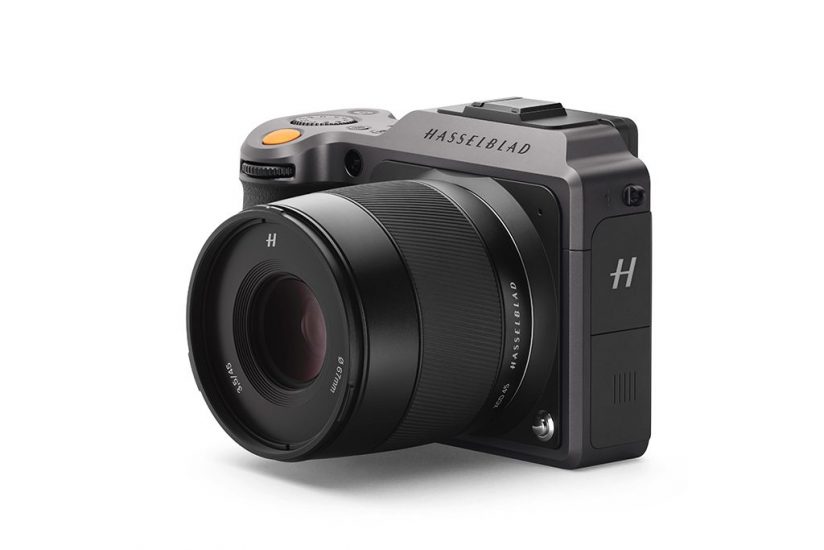
Hasselblad X1D II (front view).
Putting aside the appeal of exclusivity, the system’s elegance has practical benefits. The X1D II’s menus are a calm retreat from the overwhelming chaos of typical camera menus. Paring down the endless array of options you’ll find elsewhere, Hasselblad has largely succeeded in a user interface and experience that emphasizes simplicity. It’s another aspect of the camera that takes a bit of getting used to, but it’s refreshing.
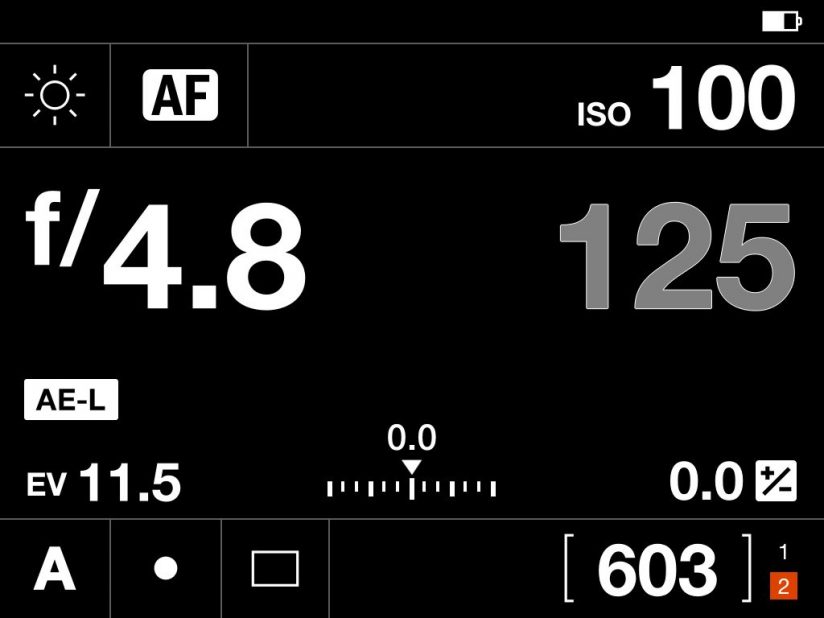
The emphasis on simplicity extends from the camera’s physical design to its exposure setting display and menus.
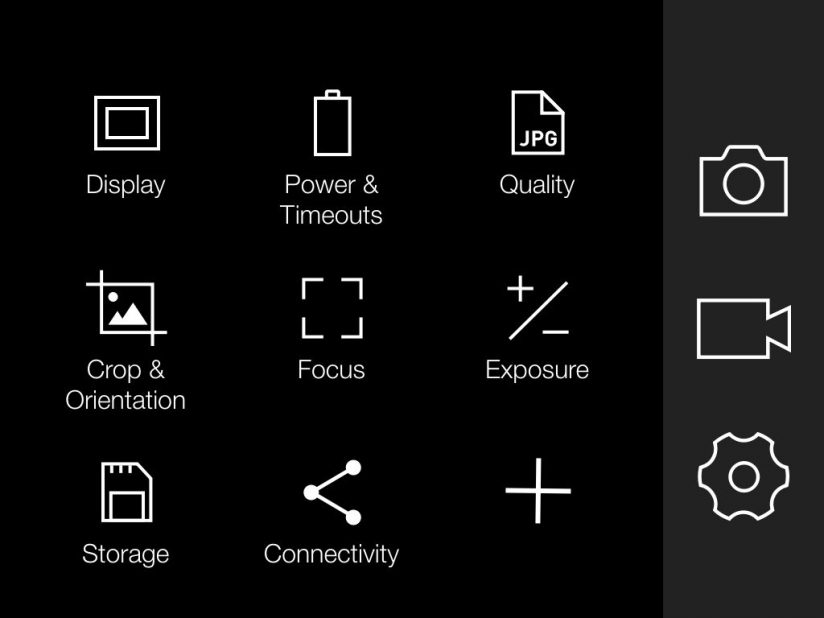
A large touchscreen, generously-sized text and relatively shallow menus work together to make it easy to review and change camera modes and settings in just a few taps.
The 3.6-inch touchscreen display makes it easy to get to most camera settings within one or two taps, and there are dedicated physical buttons for direct access to focus, ISO and white balance controls without taking your eye from the viewfinder, as well as AE lock and back-button AF activation. Several of these can be customized to activate a different camera feature if desired.
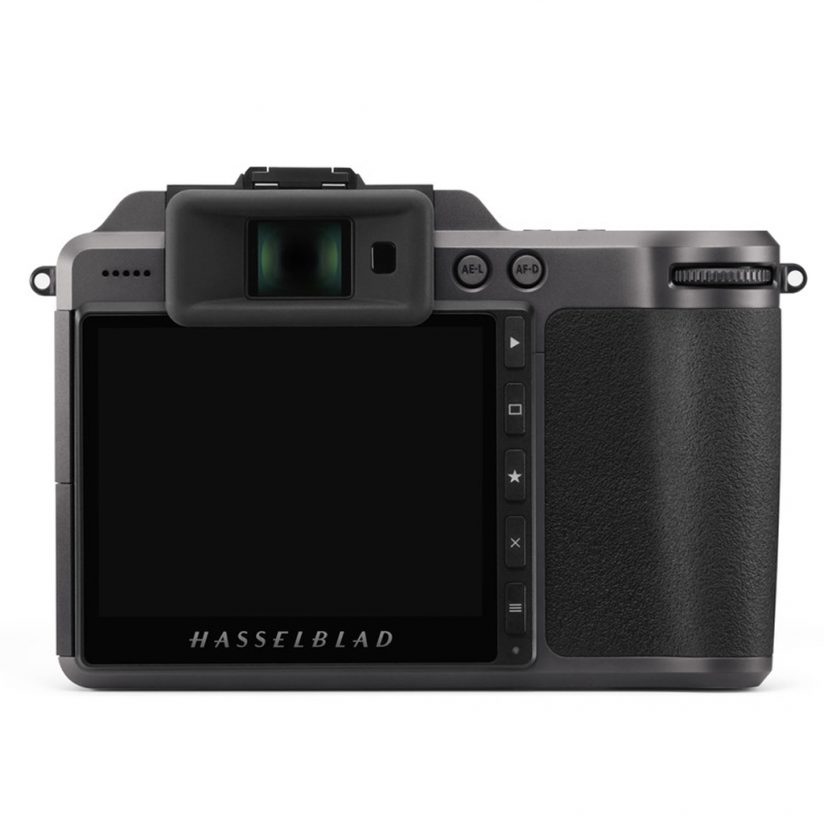
The X1D II’s design makes it a pleasure to use, with premium materials and sparse, thoughtfully-placed controls. The simplicity is refreshing when most camera bodies today seem overly cluttered.
One detail that I particularly admire is the camera’s mode dial. Camera makers have come up with a variety of solutions for locking the mode dial to prevent accidental changes, but Hasselblad has done something unique here, and it’s my favorite solution that I’ve used. The entire mode dial recedes into the camera body when you don’t need it—just depress it, and it locks flush with the top panel.
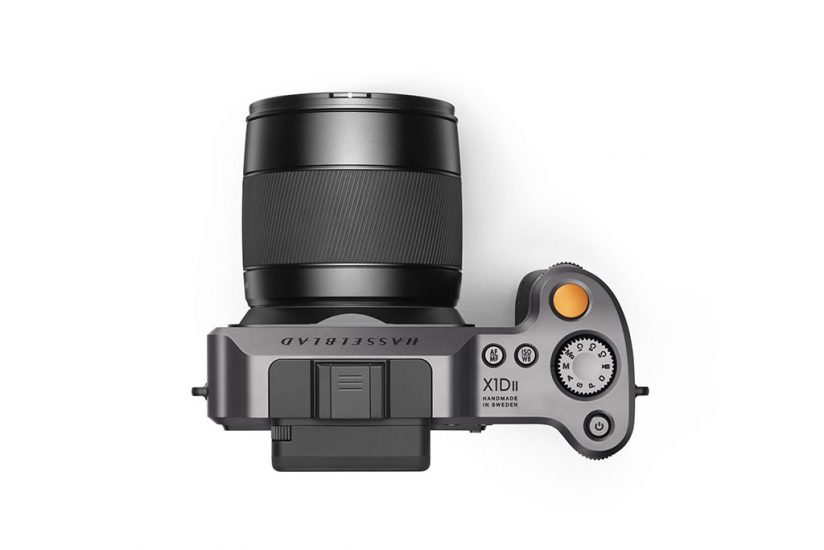
Details like the shape and depth of the grip and a mode dial that recedes into the top panel express Hasselblad’s attention to providing a luxurious experience when handling the camera—rightfully so, considering its market position andthe price of $5,750 for the body only.
The only control that occasionally irritated me was the power button. I prefer switches to buttons for power control because you’re instantly sure whether the switch is on or off. With a button, you don’t immediately know if your press on the button registered. This is exacerbated in the X1D II by the camera’s slow startup. There were several times I mistakenly turned the power back off—thinking my first press hadn’t worked—which meant another reboot cycle.
Another nicety of design is found in something as mundane as the battery. Most cameras conceal the battery behind a flap door. The X1D II omits this extra part; the battery simply slides into the grip and clicks securely in place. It’s the little details like this that communicate an uncommon thoughtfulness in the camera’s physical presence.
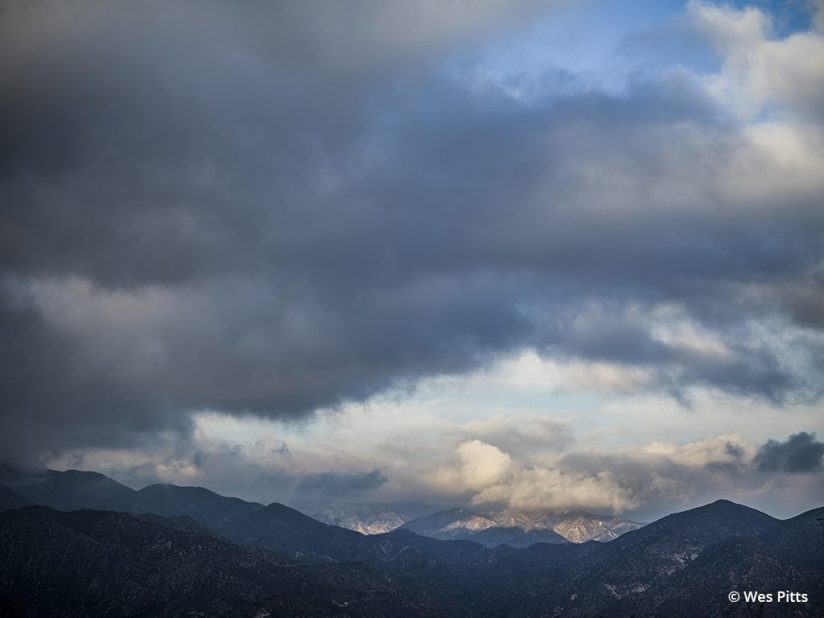
The X1D II’s highly-rated sensor is capable of capturing 14 stops of dynamic range, an advantage for low-light, high-contrast scenes like this. The camera captured a lot more detail in the shadows of this image than you see here—I intentionally increased the contrast as a creative decision. Exposure: 1/750 sec., ƒ/3.2, ISO 100.
X1D II Battery Life
Battery life, in contrast, could be improved—though to be fair, the battery is powering a large sensor. My first time using the camera, I burned through a charge very quickly, in just a few hours of intermittent photography. I got barely over 100 frames on that charge, in part because I wasn’t switching the camera off when not actively shooting. Once I realized how quickly I was draining the battery, I was much more conscientious about powering down between sessions. So, you’ll need to be mindful about your battery use, and you’re definitely going to want at least one extra battery, or more if you’ll be away from charging options for an extended period. You can charge the battery in-camera via USB-C, which is nice, and a charging hub for two batteries is available as an optional accessory.
How you use the camera will also affect battery life. Features like AF will drain your power more quickly. I found myself preferring manual focus with the X1D II anyway. The 117 selectable-point, contrast-detection AF system is comparatively sluggish, and for landscape and still-life subjects, the precision of manual focus with the assistance of focus-peaking display was just a more pleasant experience than waiting on the AF system to hunt for focus. It’s another example of why I suggest that this camera is best for a photographer who appreciates a slower, more methodical approach.
Can The Hasselblad X1D II Shoot Video?
If video is important to you, note that while the camera is technically capable of recording motion, that feature is not yet available at the time of this writing. Tapping on the video icon in the settings prompts a message: “Video feature not supported yet.” The camera’s datasheet states that video will “be enabled at a later date” but doesn’t indicate when or what the video specifications will look like. Considering that the camera was introduced last June (2019), one wonders when “a later date” might be. Hasselblad assured us that work on this feature and other system improvements via firmware updates is ongoing.
Hasselblad Phocus Mobile 2
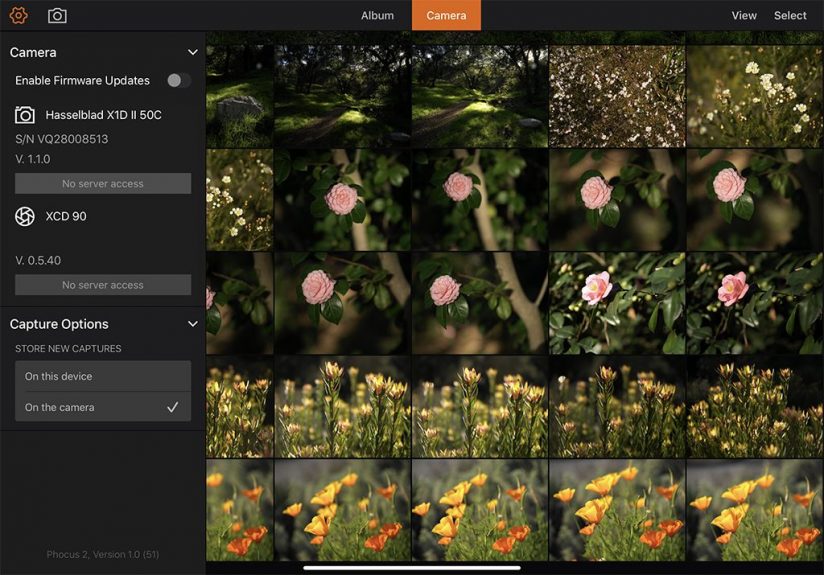
Hasselblad Phocus Mobile 2 software running on an iPad Pro. The basic settings menu is shown.
Hasselblad’s mobile companion app for the X1D II, Phocus Mobile 2 gives iPad Pro (2017 models and newer) and iPad Air (2019 model) the ability to control camera settings as well as download, review, rate and share images from your tablet. You can connect to the camera either via USB-C or WiFi. While you can release the camera’s shutter via the app, you won’t see a live preview through the lens as is possible with the mobile apps from some other camera makers. For that reason, I didn’t find the app especially useful for camera control while shooting, but it’s great for reviewing frames you’ve already captured to see them on a much larger screen.
The ability to download files to your iPad or share them when connected to the internet are great backup options for extended periods away from home base. Hasselblad RAW files are widely supported, so you’ll be able to work with them right away in Adobe Lightroom and other popular apps.
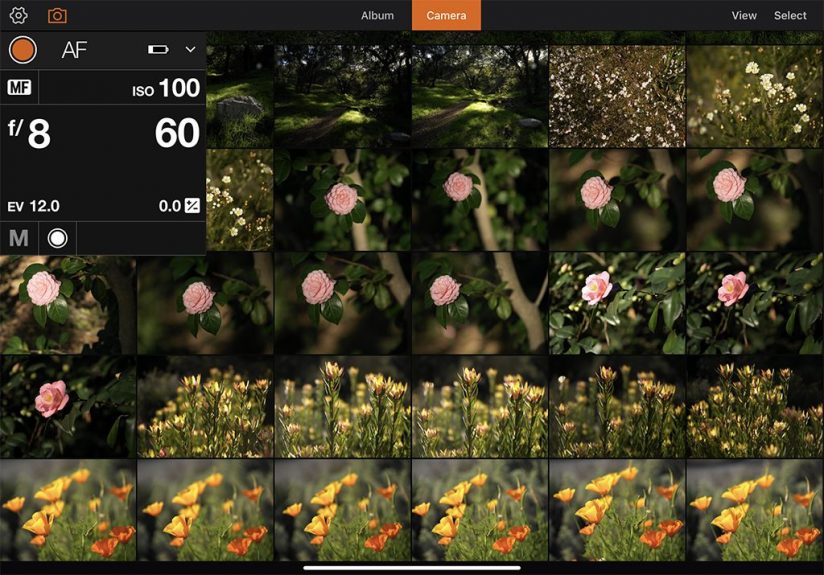
Hasselblad Phocus Mobile 2 allows you to tether the camera physically or via WiFi to view captured images, check exposure settings and release the shutter remotely. But you don’t get a live view of what the sensor is seeing.
The Hasselblad X1D II Is A Landscape Photographer’s Camera
The Hasselblad X1D II 50C is not for everybody. The price is certainly one factor, and its slower pace isn’t up to speed for fast action subjects like wildlife. But for landscape photographers who want the superb image quality of medium format and a top-rated sensor in a portable and graceful body, the X1D II is justifiably desirable.
View the Hasselblad X1D II on the Hasselblad website for more information.
The post Hasselblad X1D II For Landscape Photography appeared first on Outdoor Photographer.

